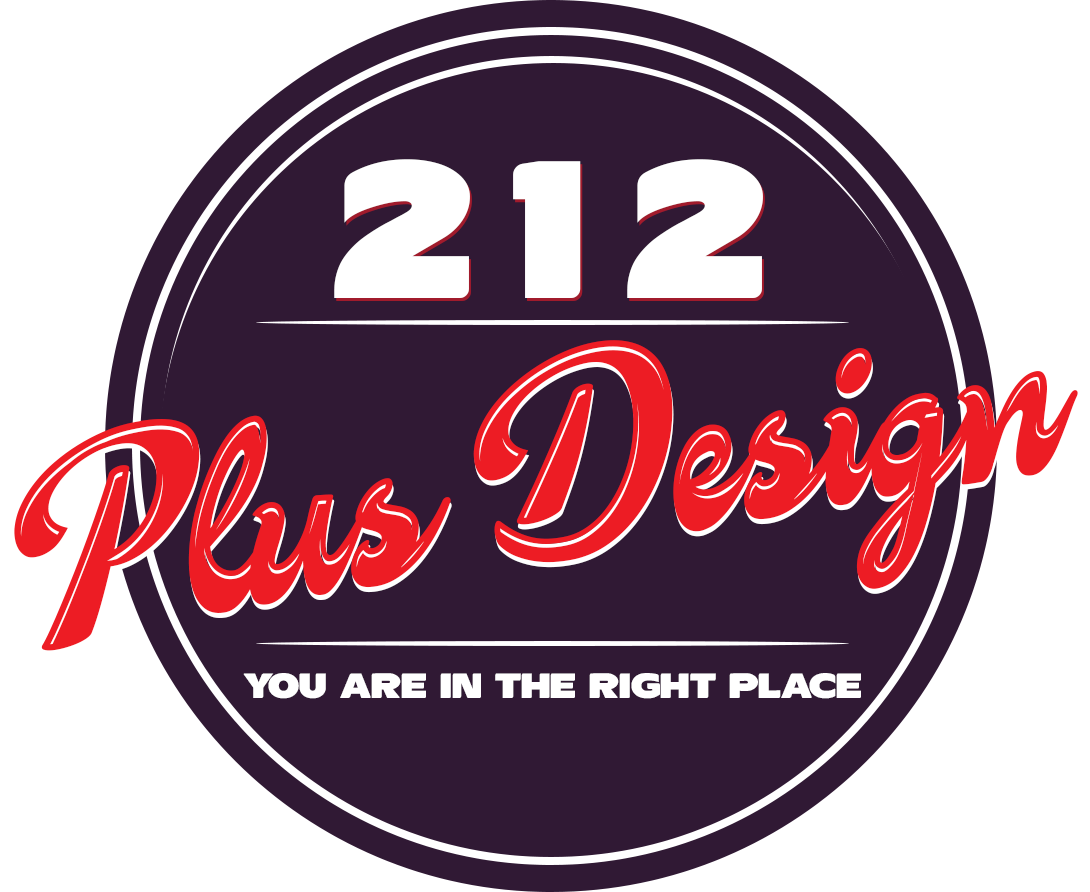What Exactly Is The Meaning Of Responsive Website Design?
Today’s technologically advanced world is coming out with various smart devices like Mobile Phones, Tablets, Laptops, Computers, Phablets, etc. One peculiarity of these devices is they are available in different shapes and sizes.
Anyone can design a website, but it requires advanced knowledge to develop ‘A Responsive Website’!
Any part of your website information should not be left outside, especially on a smaller device but should adapt the contents according to the device.
A Responsive Website Design (RWD) is a website with dynamic changes that adjusts its design as per the screen size and positioning of the device (horizontal or vertical).
In short, an RWD is one approach that allows synchronized viewing of your website on any device – right from small phones to huge monitors. A responsive web design styles your web page to look perfect on all types of devices and can adapt to the visitors’ screen size.
What Are The Advantages Of Responsive Website Design?
Cost-Effective: The net cost of responsive website design is comparatively less. If you want to create a separate web page fitting all types of viewports, it will be practically designing a webpage that fits all the available device sizes. Instead, a responsive website design will automatically fit in as per the viewer’s device. One website design that fits all types of devices thus becomes highly cost-effective.
If your website is not responsive, you will have to create websites as per the available devices in the market.
Low Maintenance: The cost involved in maintaining two (or more) websites will be higher. It requires additional technical support and testing. Whereas, responsive website design uses uniform testing procedures to guarantee optimum design on every screen.
Consider the case of creating different desktop and mobile sites for the same company. Separate administrative interfaces and content strategies are required. Managing two separate websites incurs additional expenses and two different design teams.
Low Bounce Rates: Bounce rate means visitors leave your website immediately after viewing one of the website pages (usually the landing page). Responsive website design assures a better viewing experience for the visitors. Hence the visitor will be prompted to navigate more and spend more time on your website.
Imagine the other case wherein your website is not responsive – It will directly reflect your bounce rate.
Perfect Analysis: Having one responsive website streamlines the monitoring procedure. Various tools, along with Google Analytics favor Responsive Websites to see the performance of your website.
When you have different versions of a website, tracking becomes very difficult.
Improvement In Search Engine Optimization (SEO): Google has already announced that in the case of website ranking, Google Search will be considering Mobile-Friendliness as one of the parameters. Thus, responsive website design has become one of the SEO tools.
When you have two different websites for mobile versions and desktop, Google might take it as duplicate content that affects your Google rankings negatively.
Better Browsing Experience: Irrespective of the device any user is using, if your website design offers an impeccable experience your website design has won the battle!
If any prospective buyer gets a better surfing experience of your website, not only on a desktop but on a mobile phone as well, he will develop interest and can become your buyer!
If your website is not responsive – even though it is excellent on the desktop but fails on other viewports customers will surely lose interest in your products.
Additional Mobile Traffic: The studies have shown that mobile phone usage is increasing exponentially; hence companies prefer websites that offer a better mobile experience to the viewers. Any kind of distorted images or sub-optimal site layout on the mobile phone will negatively affect the corporate goodwill.
How To Maximise Advantages Of Responsive Website Design?
Give Importance To Viewport Screen Sizes: It will be highly advantageous to consider a website that can cater from the smallest screen size to the largest. Before finalizing the design, test market the same on all types of devices. Is it presentable? Is the image distorted? Rework until your responsive website design fits impeccably on most of the viewports.
Gauge What Happens Between Breakpoints: Most visitors happen to see the content of your website between the targeted sizes. A website designer should think about what happens between breakpoints. These breakpoints are based on the width of the browser.
Welcome Feedback: Getting feedback will always extend the scope of improvement. If possible, product meetings and usability tests should be arranged. Gather collective information that will help in creating impeccable responsive website design.
Conclusion:
There is no limit on the new number of devices entering the market every day. Users are accessing the internet through futuristic devices like VR Headsets, Augmented Reality Games, etc., and the challenges for Responsive Website Design are more.
Current studies have shown that a smaller screen size is frequently used to access the website. But, that does not mean larger screens are fading away. They are equally important.
The answer to the question “What Is Responsive Website Design?” can be answered by understanding the benefits that come along with it, like reduced maintenance costs, Increase in SEO, Increase in Conversion Rate, Additional Mobile Traffic, etc.
Looking for web design ideas? Visit blog for more.





